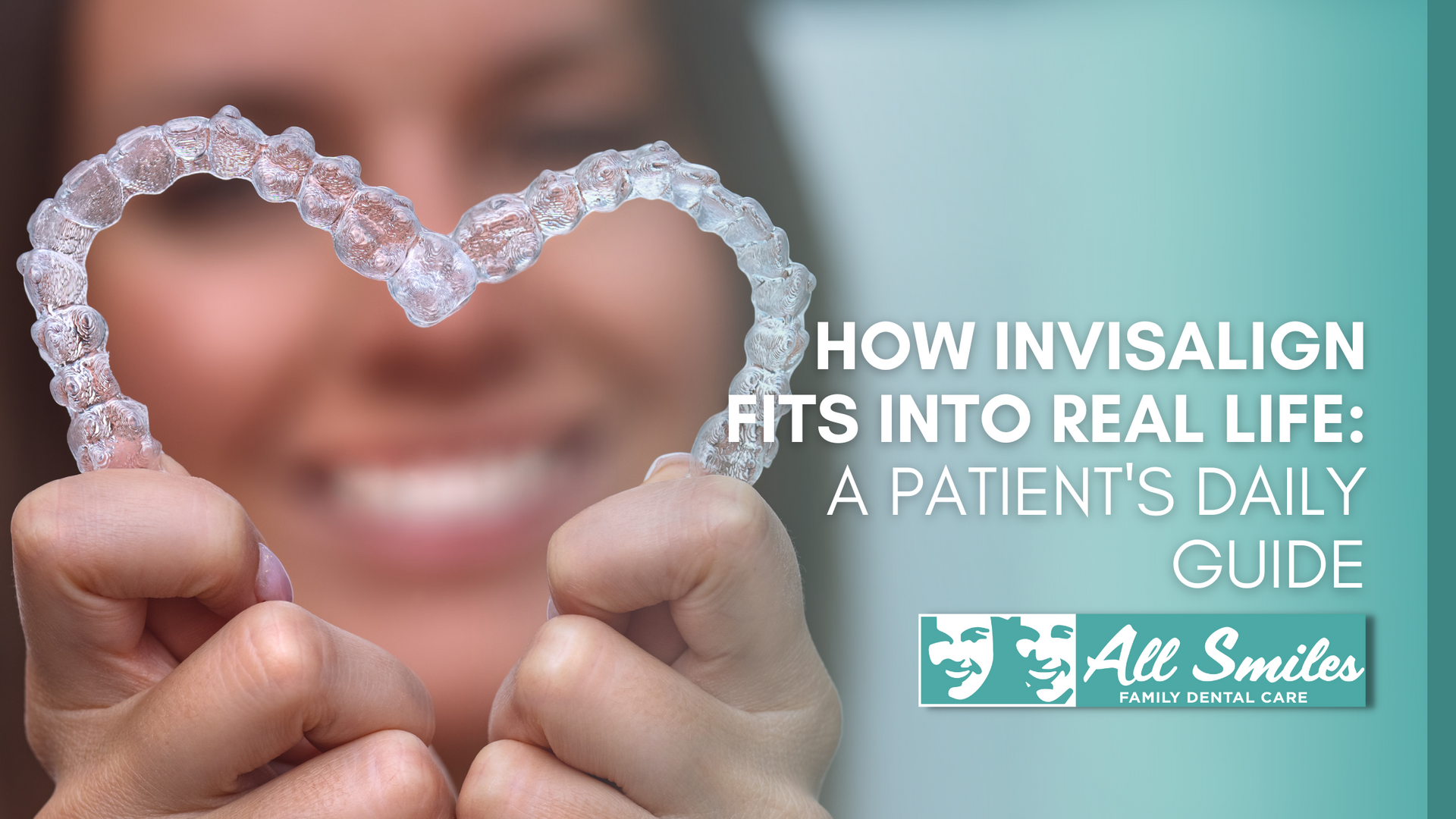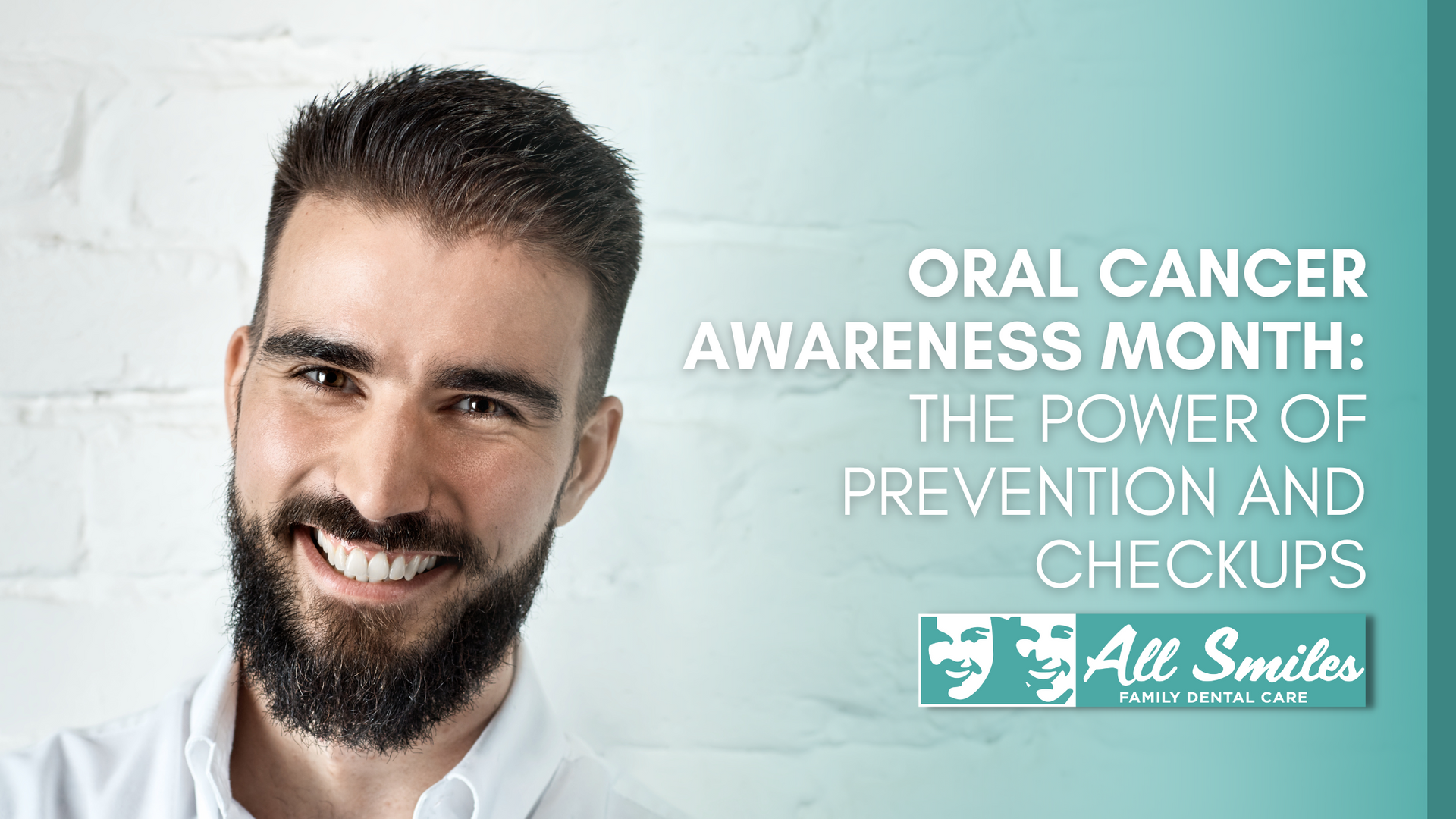A Guide to Laser Dentistry
You’ve possibly heard about laser surgery, but did you know
lasers are used in dentistry
as well? Lasers are very narrow, focused beams of light that remove or alter tissues, and they’ve been used in dentistry since 1994. This minimally invasive dental option can be one of the best procedures for small children or those who experience dental anxiety, with over 20 ways the FDA has cleared them to be utilized in dentistry.
How Is Laser Used in Dentistry?
Both hard tissue dental treatments and soft tissue dental treatments are effective using a laser. Some common uses for laser dentistry include:
- Detecting and Preparing Cavities – Dentists can use a laser to look for evidence of tooth decay. If it is determined that a filling is in order , the dentist can prepare the cavity for the filling by removing the decay. Rather than the typical anesthesia and drill process, a laser will kill bacteria, so the filling can be placed.
- Treating Sensitivity – Someone who deals with severe sensitivity to hot and cold temperatures could find relief with dental lasers that go to the root of the tooth to seal the tubules, thus reducing tooth sensitivity .
- Reshaping the Gums – Whether someone has a gummy smile or is experiencing gum disease , lasers can remove the bacteria associated with the condition and reshape the gums for a more aesthetically appealing look.
- Removing Lesions – Someone with lesions or canker sores could experience significant pain, but a laser can remove both of those. If a patient needs to have a biopsy done, a laser can remove the tissue it requires.
- Whitening the Teeth – Lasers activate a peroxide bleaching solution that a dentist will apply to the surface of the tooth during in-office whitening procedures . While the laser isn’t the entire procedure, it speeds up the process.
- Lengthening Crowns – The bones and the gums are reshaped with a laser during a crown lengthening procedure, and this helps a dental crown fit better when it is required for oral health or aesthetics.
- Treating Sleep Apnea – In some cases, sleep apnea is caused when the tissues in the throat are overgrown. A laser can trim back the tissue and reshape the throat, so the patient can breathe better while sleeping.
Of course, there are various other uses of lasers in dentistry, just as there are multiple issues related to the individual patients that a dentist might see. Tongue frenulum attachment treatment, removing folds in the soft tissue, TMJ treatment, cold sore treatment, and nerve regeneration are just a handful of others.
Is Laser Dentistry a Good Option?
Everyone has a different opinion of what “good” actually is, but the conclusion of most dentists is “yes,” this type of dentistry is suitable. Just like any other treatment, it does come with risks, and you should be aware of what those are. They include the possibility that the gums will be injured, as well as the potential the tooth pulp will be damaged.
It’s also important to keep in mind that not every procedure can be completed with the laser. While they are versatile and used in many procedures, you can’t count on laser treatment in a tooth with an existing filling. There’s also a possibility a drill may still be required to finish up the work that was started by a laser, depending on the procedure. Although the need for anesthesia goes down with laser work, it does not eliminate that need in all cases.
On the other hand, there are a lot of benefits of laser dentistry that heavily outweigh the minor setbacks. In addition to reduced pain:
- Anxiety is often reduced when visiting a dentist for a laser procedure.
- The surrounding tissues are not as negatively affected when dental work includes a laser.
- The laser won’t cause vibrations like a drill does.
- Healing after the procedure is frequently expedited.
Contact a Qualified Dentist at All Smiles Dentistry in Lake Jackson, TX Today!
When you require a dental procedure completed, it’s best done by a qualified dentist like the ones here at All Smiles Dentistry . A professional with proper training and education in laser work is essential to ensuring the treatment that takes place is correct and complete.
To learn more about laser dentistry and what you need to do to prepare for your treatment, contact a professional today. Many times, these types of procedures are covered by dental insurance, but it’s also a good idea to contact your insurance provider. Then you will know what your contribution is and what their contribution is before you get the work done.
Call us at 979-297-1128 or visit us in Lake Jackson , so speak with someone who can help. We look forward to providing you with cutting-edge technology in your dental work.
Image Credit: Shutterstock/zlikovec
The post A Guide to Laser Dentistry first appeared on All Smiles Dentistry.



